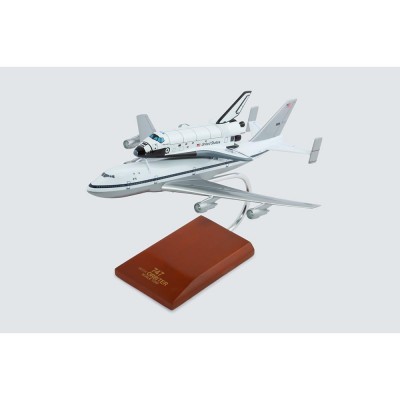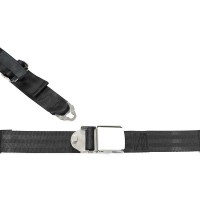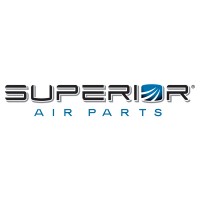1-877-795-2278 | info@aircraftspruce.ca
Aircraft Spruce Canada
Brantford, ON Canada
Corona, CA | Peachtree City, GA
Chicago, IL | Wasilla, AK
Aircraft Spruce Canada
Brantford, ON Canada
Corona, CA | Peachtree City, GA
Chicago, IL | Wasilla, AK
SAME DAY SHIPPING ON ORDERS PLACED BY 2 PM | 877-795-2278
B747 With Shuttle Model
$343.00/Each
Part# 13-11068
MFR Model# KYN747PBTP
MFR Model# KYN747PBTP
Overview
|
The Boeing 747 is a long-haul, widebody commercial airliner. Sometimes called the “Jumbo Jet”, it is known for its impressive size and is one of the worlds most recognizable aircraft. It has held the passenger capacity record for 37 years and was the first commercial wide-body aicraft. It uses a double decker configuration for part of its length, and the hump created by the upper deck has made the plane a highly recognizable icon of air travel. The 747 was expected to become obsolete after sales of 400 units, but it has outlived many of its critics expectations. As of June 2007, 1,387 planes had been built, with 120 more on order. Throughout its history, the National Aeronautics and Space Administration or NASA has used several different types of aircraft on a permanent, semi-permanent, or short-term basis. The agency has three 747s: a 747-100, a 747-100SR, and a 747SP. The 747-100 and 747-100SR are currently used as Shuttle Carrier Aircraft (SCA) while the 747SP is in use as Stratospheric Observatory for Infrared Astronomy (SOFIA). The SCAs are used to ferry space shuttles from landing sites back to the launch complex at the NASA Shuttle Landing Facility at the Kennedy Space Center, and to and from other locations too distant for the orbiters to be delivered by ground transport. The 747-100 was was acquired from American Airlines in 1974 and was extensively modified in 1976. Its cabin was stripped, mounting struts were added, the fuselage was strengthened, and vertical stabilizers were added to the tail. The avionics and engines were also upgraded. In 1988, in the wake of the Challenger accident, NASA procured the 747-100SR from Japan Airlines on recommendation from the review board. It entered service with NASA in 1990 after similar modifications. It was the first used to ferry the new shuttle Endeavour in 1991. |
Q&A
Please note, Aircraft Spruce Canada's personnel are not certified aircraft mechanics and can only provide general support and ideas, which should not be relied upon or implemented in lieu of consulting an A&P or other qualified technician. Aircraft Spruce Canada assumes no responsibility or liability for any issue or problem which may arise from any repair, modification or other work done from this knowledge base. Any product eligibility information provided here is based on general application guides and we recommend always referring to your specific aircraft parts manual, the parts manufacturer or consulting with a qualified mechanic.

 Aircraft Spruce Canada
Aircraft Spruce Canada







